RSM studies can benefit marine shellfish farming and biodiversity across genetic, species-population, community-ecosystem and landscape levels
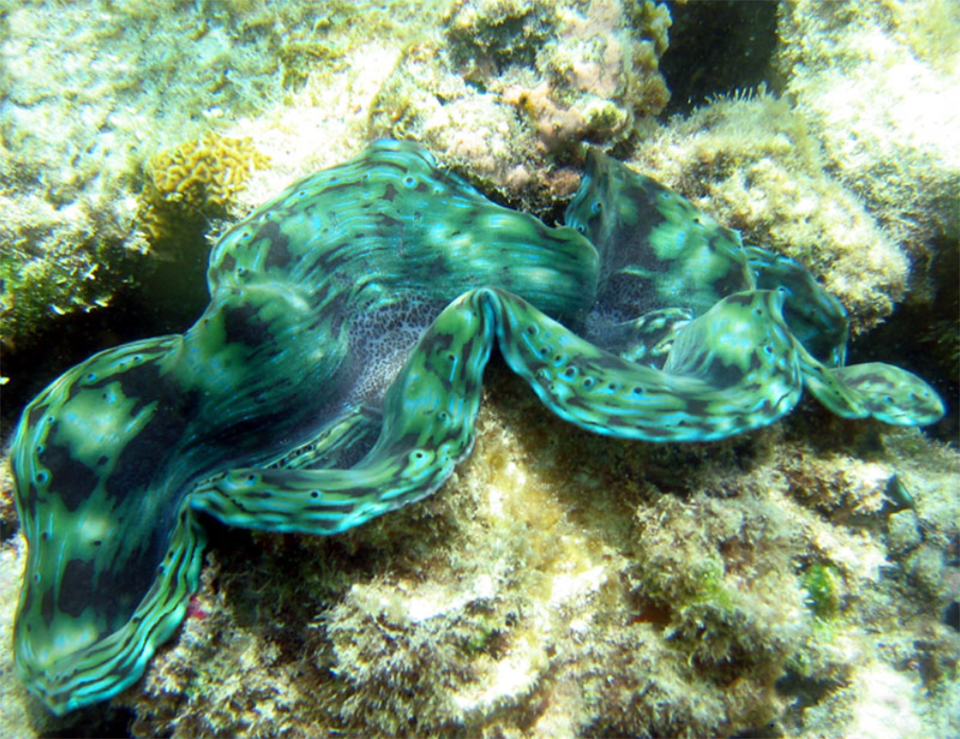
Mariculture of marine organisms annually represents about 36 percent of global aquaculture, with mollusks representing over 58 percent in live weight. Mollusk populations in some locations are, however, threatened by degradation of the ecosystems and/or overfishing. This threat is increasingly being addressed through restorative shellfish mariculture, or RSM, as opposed to mariculture alone.
There is no general consensus in the literature on what can and cannot be considered RSM. While maximization of benefits other than provisioning services is often considered a prerequisite, in other cases the maximization of fisheries yields is prioritized. We define RSM as a multi- and/or interdisciplinary approach to the farming of marine shellfish, involving some form of human intervention during the species life cycle to address negative socio-ecological impacts derived from the unsustainable use of marine shellfish.
Several categories of mariculture have broad positive socio-ecological impacts, including subsistence, recreational, restorative, scientific and remediation mariculture. Subsistence mariculture involves small-scale and artisanal activities carried out primarily to feed family and relatives of the individual or community undertaking the activity.
Generally, subsistence mariculture also implies the use of low tech “artisanal” aquaculture techniques by low-income people and may include some sale and/or trade of products. Recreational mariculture, restorative aquaculture and remediation using mariculture are further examples of non-profit mariculture activities targeting either aesthetic or environmental benefits. Finally, scientific mariculture involves the farming of marine shellfish for research, this activity being commonly linked with restorative mariculture or “mariculture-based enhancement.”
This article – adapted and summarized from the original publication (Carranza A. and zu Ermgassen P.S.E. 2020. A Global Overview of Restorative Shellfish Mariculture. Front. Mar. Sci. 7:722 – examines and discusses Restorative Shellfish Mariculture (RSM).
Study setup
To identify habitat restoration projects involving RSM, we conducted a review of shellfish restoration networks and databases from across the world. Databases searched included: the NOAA Restoration Atlas, The Native Oyster Restoration Alliance (NORA), a European network aiming at reinforcement and restoration of the native European flat oyster (Ostrea edulis), The Australian Shellfish Reef Restoration Network and publications from the Latin American network for Shellfish Conservation and restoration. Additional projects were identified from the authors’ experience and review of available literature via web search, either searching by species or selected keywords in English and Spanish.
Information relating to all projects meeting previously identified criteria was extracted into a database. Relevant data that were commonly extracted included: the species targeted for restoration, the main restoration strategies employed (as defined above), and the degree of involvement of hatcheries. Each project was geo-referenced, and mapped using Geographic Information Systems. Projects were classified according to the Marine Ecoregions of the World (MEOW) biogeographic classification, a nested system of 12 realms, 62 provinces and 232 ecoregions, in order to assess the biogeographic distribution of the projects.
For detailed information on this study, refer to the original publication.
Results and discussion
Five hundred and eighty-four completed and ongoing shellfish restoration projects were identified worldwide. Forty-seven species, including 32 bivalves and 15 gastropods, were identified as being targets of RSM. More than 90 percent of the projects involved only five species, namely the eastern oyster (Crassostrea virginica, N = 379), the giant clam (Tridacna gigas, N = 65), the Olympia oyster (Ostrea lurida, N = 25), the bay scallop (Argopecten irradians, N = 25) and the hard clam (Mercenaria, N = 15). The database is strongly biased toward projects developed in the United States, partially due to the large number of projects stored in the National Oceanic and Atmospheric Administration database.
Based on the projects we were able to identify, most projects have been developed in the Temperate Northern Atlantic Realm. For example, restoration initiatives targeting mainly C. virginica in the Virginian Ecoregion accounts for 298 cases. This Realm also includes the 10 known O. edulis restoration projects in Europe. In contrast, in the Central Indo-Pacific Realm, at least 95 projects were identified targeting a much larger suite of species, primarily Tridacna spp. in the Philippines and other Pacific islands but also a number of restocking initiatives in Japan regarding some additional species. Regrettably, we were unable to find further information on these Japanese experiences in the English and Spanish language literature searched.
We categorized RSM efforts into Hatchery Dependent (HD) and Non-hatchery Dependent (NHD) techniques. NHD strategies involve passive or active approaches to address reduced abundance or local extinctions of shellfish. These include the establishment of no-take areas or sanctuaries to reduce fishing effort and incidental take, analogous to the “do nothing” strategy. Alternatively, RSM may focus on restoration of the mollusk habitat, where populations have reduced, modified or polluted supporting habitats, or have been overfished. In many cases, “do nothing” alone does not result in population recovery.
Restoration may require manmade improvements to the environment, such as providing substrate for settlement of larvae where populations are “substrate limited.” Alternatively, mollusk populations may have been reduced below the level where broodstock may be limited, in which case addition of broodstock or juveniles is necessary to allow for population recovery. Such activities, if they rely on translocations of non-hatchery reared individuals, can be considered NHD supplementation or redistribution of natural recruitment. This would also apply to “reintroductions,” where wild juvenile or adult organisms are released in sites where local extirpations/extinctions have occurred. Care must be taken in all NHD translocations and reintroductions, to pay strict attention to biosecurity, so as not to inadvertently cause more harm than good through the accidental introduction of diseases or invasive species.
In HD strategies, juveniles reared in hatcheries are transferred in large numbers into restoration sites, either as a reintroduction or as supplementation of an existing population. HD efforts may rely on wild or genetically improved broodstock. Best practice would also dictate that careful consideration should be given to selecting broodstock so as to maintain genetic diversity.
We found an even distribution between NHD and HD strategies, with 51 percent of the projects using NHD methods, while 49 percent relied on some form of hatchery production. Within NHD strategies, most projects (74 percent) involved some form of habitat restoration, while 31 percent utilized supplementation and/or redistribution of natural recruitment. Three percent of the projects combined both methods. HD strategies were the most common in the Central Indo-Pacific Realm, while NHD habitat restoration initiatives were widespread in the United States.
Redistribution of natural recruitment has also had been trialed in gastropods such as the queen conch (Strombus gigas) in the Florida Keys. Results indicate that translocations are more cost-effective than releasing hatchery-reared juveniles, although where the donor source is not local, biosecurity risks should be considered. The redistribution of wild adults provides a rapid increase in reproductive output and maintains the genetic integrity of the wild stock. Translocations of spat of C. rhizophorae settled on mangrove roots from La Restinga (Isla de Margarita) to Mochima Gulf are an example of similar approach for bivalves in Venezuela, though regrettably small in scale and not continued due to lack of support.
Some translocations were undertaken in response to environmental impacts as pollution events, such as the transfer of M. mercenaria broodstock from contaminated areas into designated sites within Buzzards Bay (Massachusetts, USA) following an oil spill. NHD and HD strategies can also be combined. For example, in the Bon Secour Bay oyster Spawner Reef Restoration (Alabama, USA), C. virginica spat raised in the Auburn University Marine Extension and Research Center hatchery and spat-on-shell raised by volunteers from wild settlement in the locality were deployed onto a relict oyster reef.
Typical examples of restocking and stock enhancement are giant clams (Tridacninae) and Trochid gastropods (Trochidae). A network of institutions ̶ including the Okinawa Prefectural Fisheries Experimental Station, the University of Papua New Guinea, the Micronesian Mariculture Demonstration Center, the Australian Centre for International Agricultural Research, the Marine Science Institute at the University of Philippines and the WorldFish Center ̶ have been restoring stocks of giant clams since the early 1980s, by rearing and propagating juveniles to repopulate coral reef habitats. Juveniles are grown in land-based nurseries until they are large enough for transplantation, usually at (20 to 25 mm shell length), and then transferred to ocean nurseries.
Assessing the success of RSM efforts is a challenge. However, at least for the United States the number of projects can itself be used as a proxy: a total of 5,199 hectares of C. virginica has been restored in the United States, based in results from 1,178 projects from 1987 to 2017. Regardless of the restoration strategy applied, all RSM projects will at least temporarily produce positive changes in absolute and/or relative abundances and biomass of the target species. The increases in abundance can, however, be short-lived and some exploited species ̶ such as Trochus (Trochus niloticus) in the Pacific and M. mercenaria in the Atlantic – were found not to increase significantly after restocking efforts, possibly because restoration efforts were focused on marginal habitats where the reproductive contribution of the snails and clams was negligible.
When RSM is successful, however, population structure (e.g., size-frequency distribution, sex ratio, age ratio) and population-level processes are also positively affected. For example, for C. virginica, mean oyster recruitment was ∼12 times higher in restored and harvested reefs than in natural, harvested reefs, and potential larval output from restored and protected reefs may be sixfold larger than natural and restored harvested reefs.
Perspectives
Some positive impacts of aquaculture on biodiversity have been reported; for example, cultured seafood can reduce pressure on overexploited wild stocks, stocked organisms may enhance depleted stocks, aquaculture often boosts natural production, and employment in mariculture may replace more destructive resource uses. More recently, other authors highlighted the role of aquaculture in supporting ecosystem services beyond solely the production of goods, through provisioning services, regulating services, habitat or supporting services, and cultural services. RSM may therefore benefit all hierarchies of biodiversity, considering composition, structural and functional impacts across genetic, species-population, community-ecosystem and landscape levels.
Yet several of these impacts remain to be quantified, and the relative and absolute success of different strategies is yet to be assessed systematically. In particular, the evaluation of impacts on targeted species and other biodiversity benefits due to RSM should receive more attention. Published research points out that, for C. virginica in the United States, only half of the projects analyzed (n=88) by some researchers showed positive Returns of Investment (ROI) considering ecosystem services, and that the size of the projects was positively related to ROI. This has also been shown for seagrass restoration projects, where individual survival and seagrass population growth rate were enhanced with the scale of the restoration trials. Further, although RSM is gaining momentum globally, there is still a lack of documented initiatives in Africa and India and only a few for South America.
A recent global analysis called for a more integrated, pragmatic, and market-driven approach to ecosystem recovery and management. We believe that RSM has the potential to generate greater positive impacts on the socio-ecological systems should it continue to expand both geographically and taxonomically. More empirical data are needed in order to fully appreciate the positive contributions of RSM to biodiversity and threatened ecosystems, across the functional and taxonomic range of species involved.
To our knowledge, no study has attempted to review or synthesize the breadth and aims of RSM as described above. We hope our review may contribute to a broader view of the efforts so far developed by RSM practitioners worldwide.
Now that you've reached the end of the article ...
… please consider supporting GSA’s mission to advance responsible seafood practices through education, advocacy and third-party assurances. The Advocate aims to document the evolution of responsible seafood practices and share the expansive knowledge of our vast network of contributors.
By becoming a Global Seafood Alliance member, you’re ensuring that all of the pre-competitive work we do through member benefits, resources and events can continue. Individual membership costs just $50 a year.
Not a GSA member? Join us.
Authors
-
Dr. Alvar Carranza
Corresponding author
Centro Universitario Regional Este-CURE
Universidad de la República
Maldonado, Uruguay; and
Area Biodiversidad y Conservación
Museo Nacional de Historia Natural
Montevideo, Uruguay -
Dr. Philine S.E. zu Ermgassen
Changing Oceans Group
School of Geosciences
University of Edinburgh
Edinburgh, United Kingdom
Tagged With
Related Posts
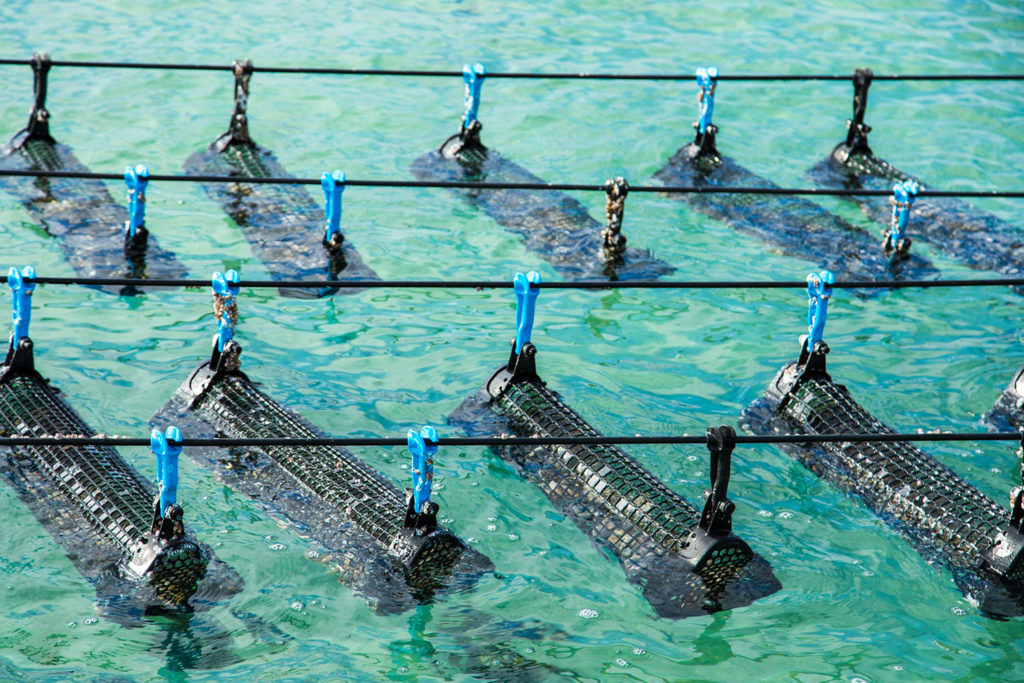
Responsibility
Advancing the ecosystem services of aquaculture
The Nature Conservancy was inactive in aquaculture until new program leader Robert Jones joined. His focus is on the positive outcomes of responsible aquaculture.
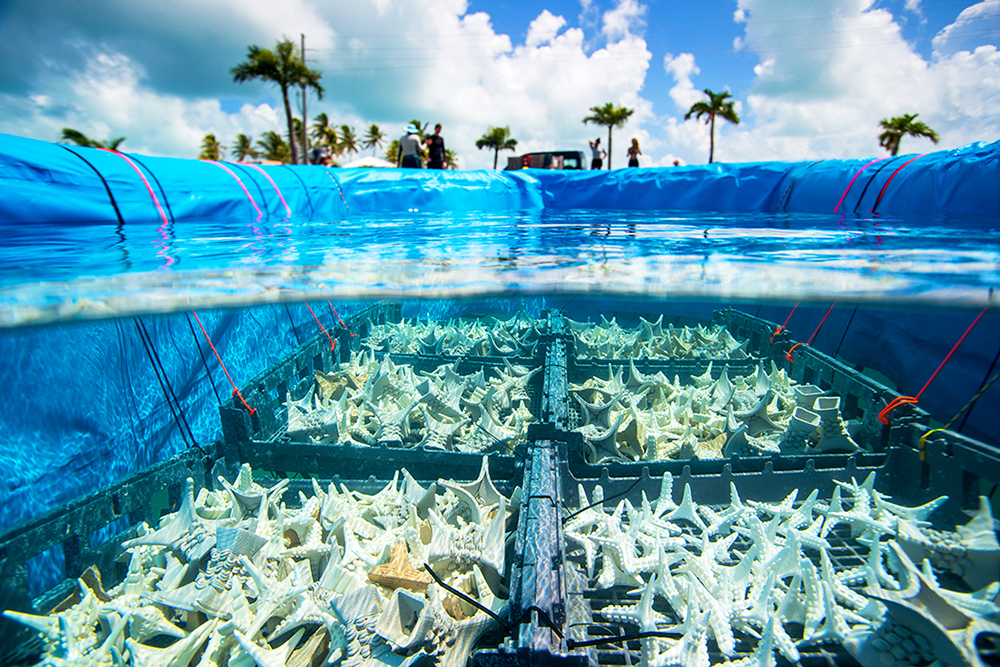
Responsibility
A wider view: Conservation aquaculture anchors coral reef restoration
Half a billion people depend on coral reefs for food, income, coastal protection and more. The need to protect and restore their biodiversity is urgent.
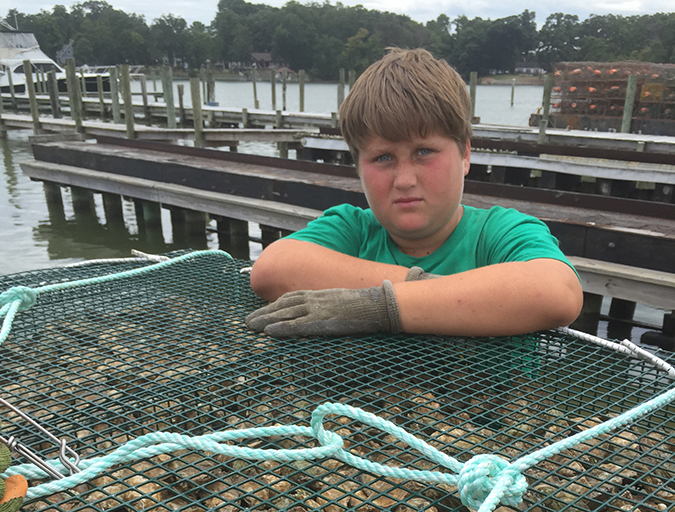
Responsibility
Ailing waterways hail the oyster’s return
The Lower Hudson Estuary and Chesapeake Bay, two waterways once home to thriving oyster beds, would welcome the shellfish’s return. Aquaculture initiatives in both areas aim to reinvigorate the water and the communities they support.
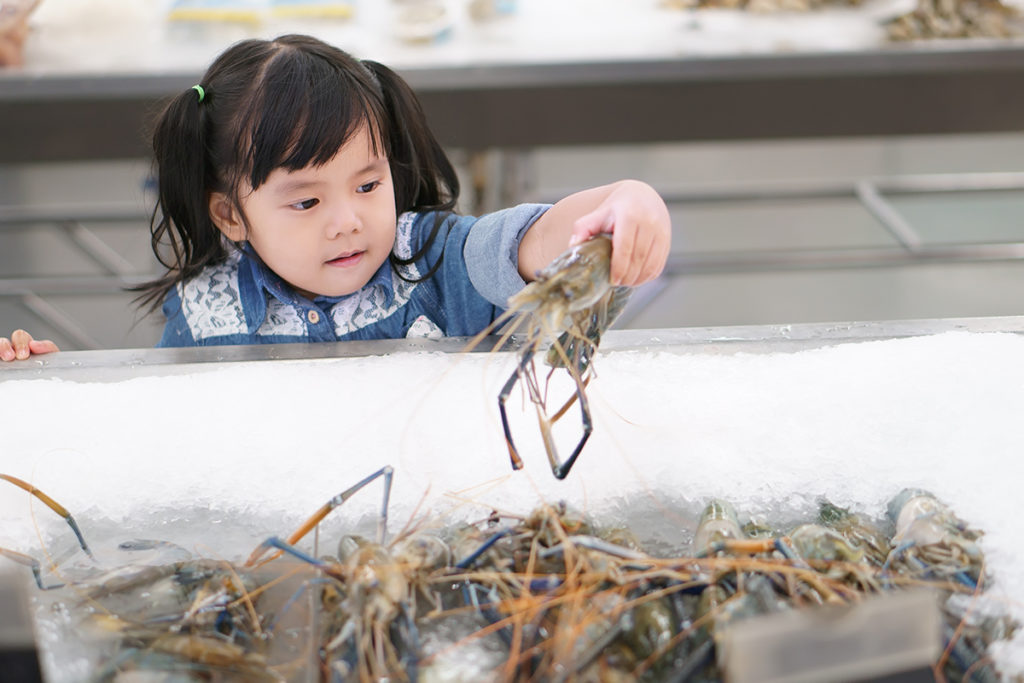
Intelligence
How we can help children reach for seafood
Seafood has many health benefits for the young and the not-so young alike. Educating the next generation of consumers – as children – and their parents about healthier lifestyle decisions must be a priority for everyone in the seafood business.


